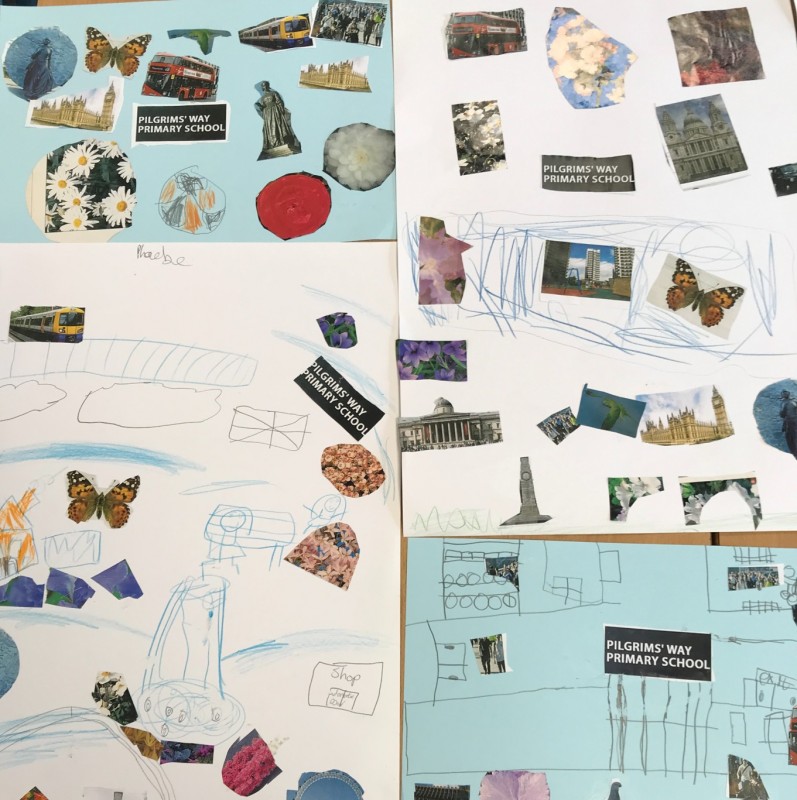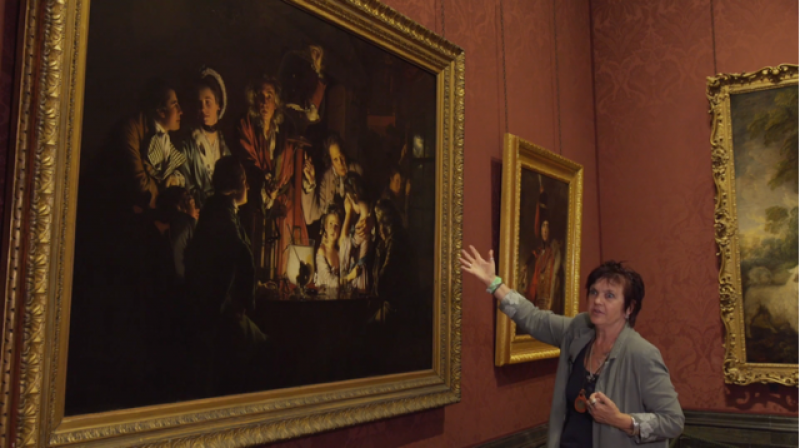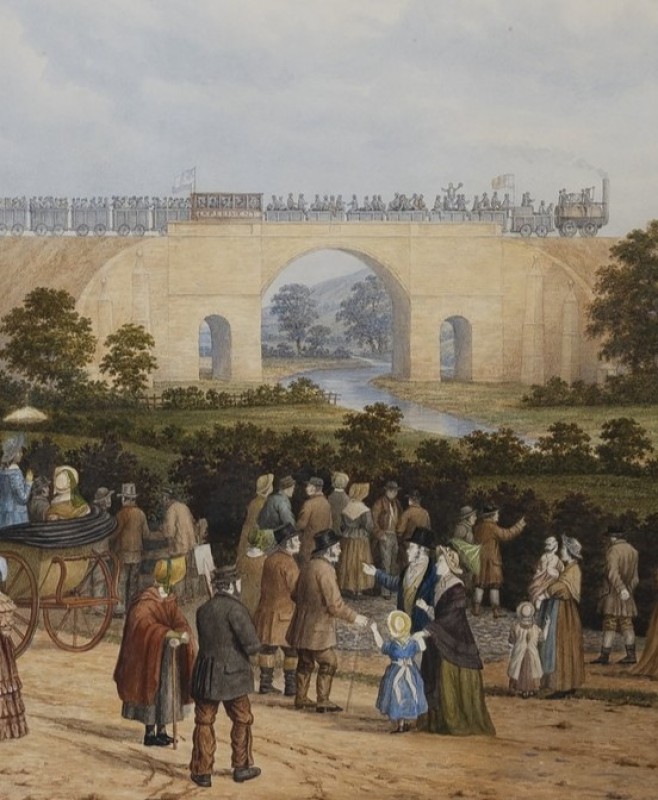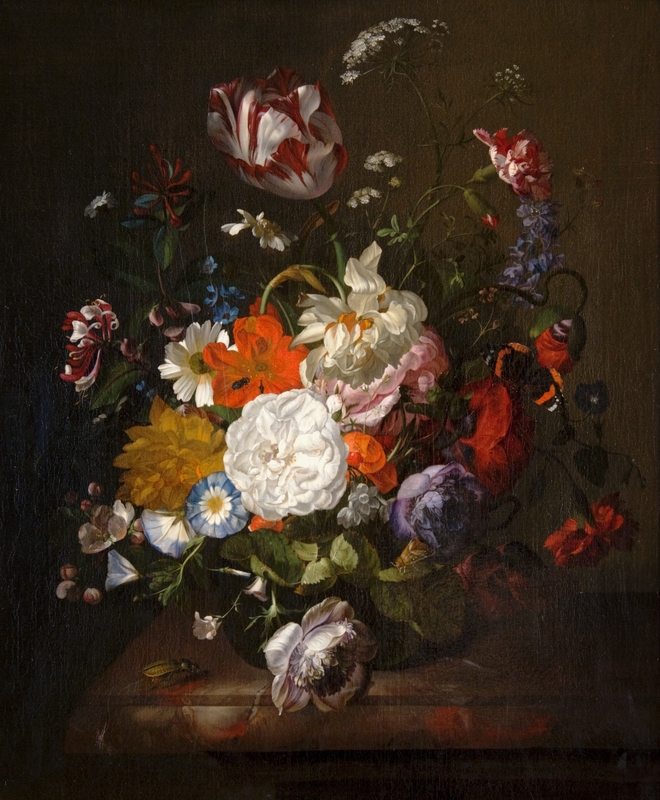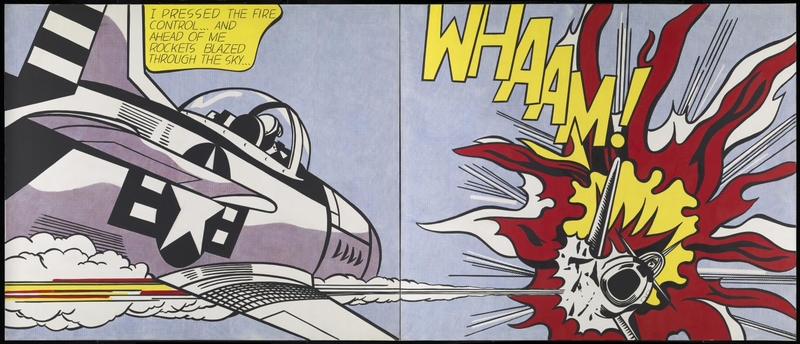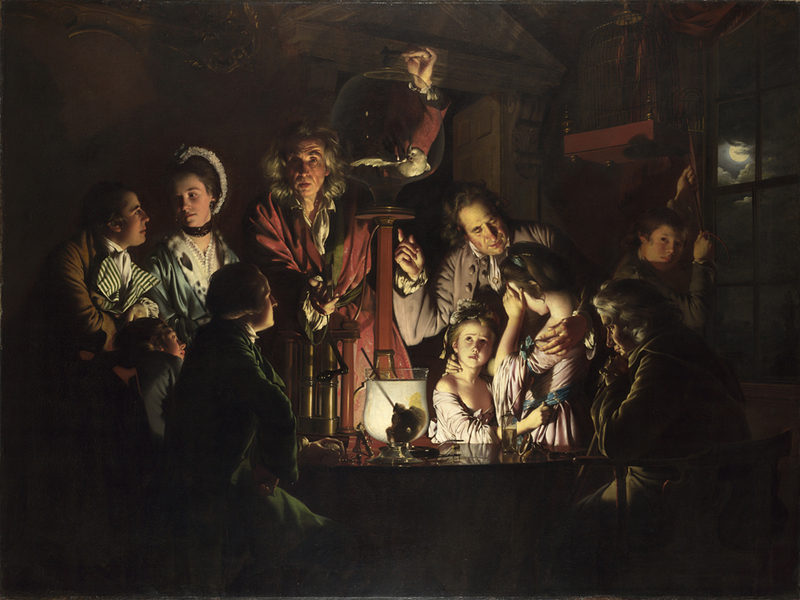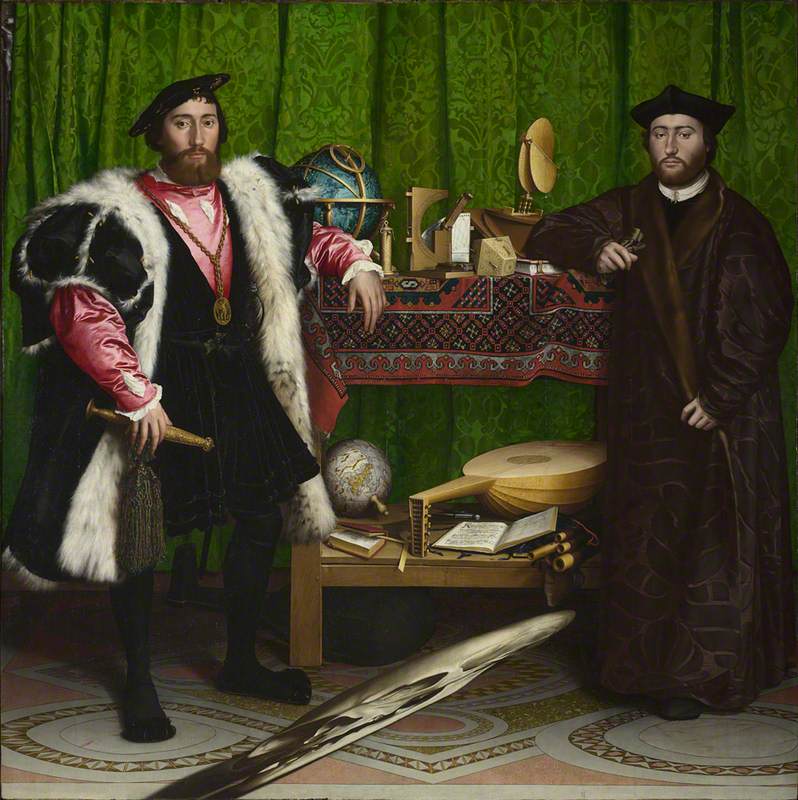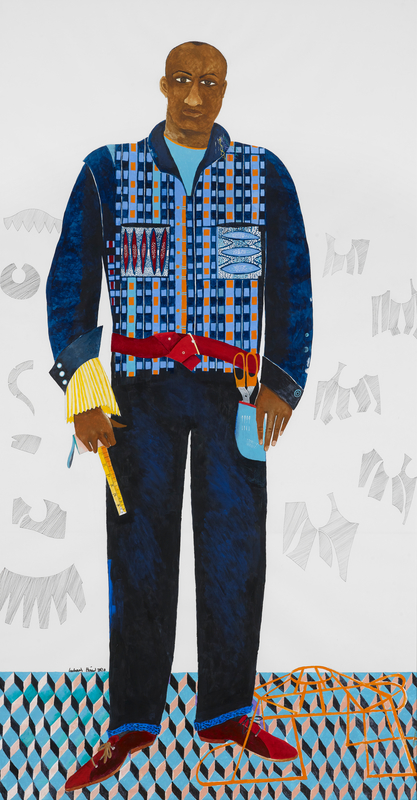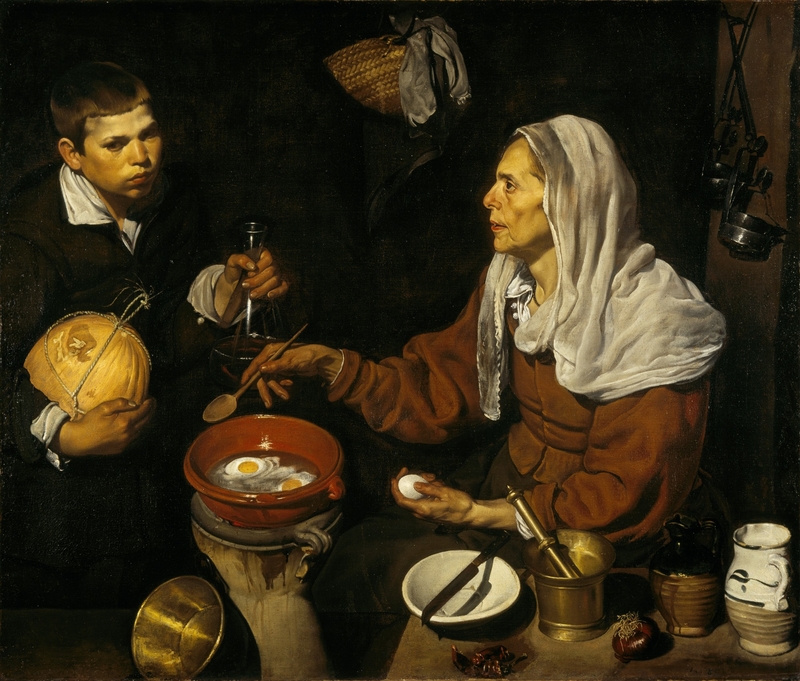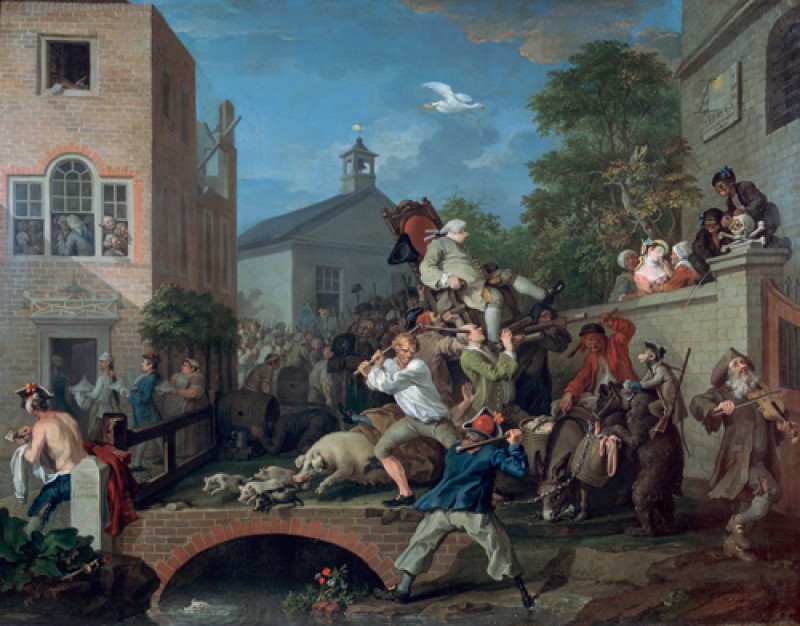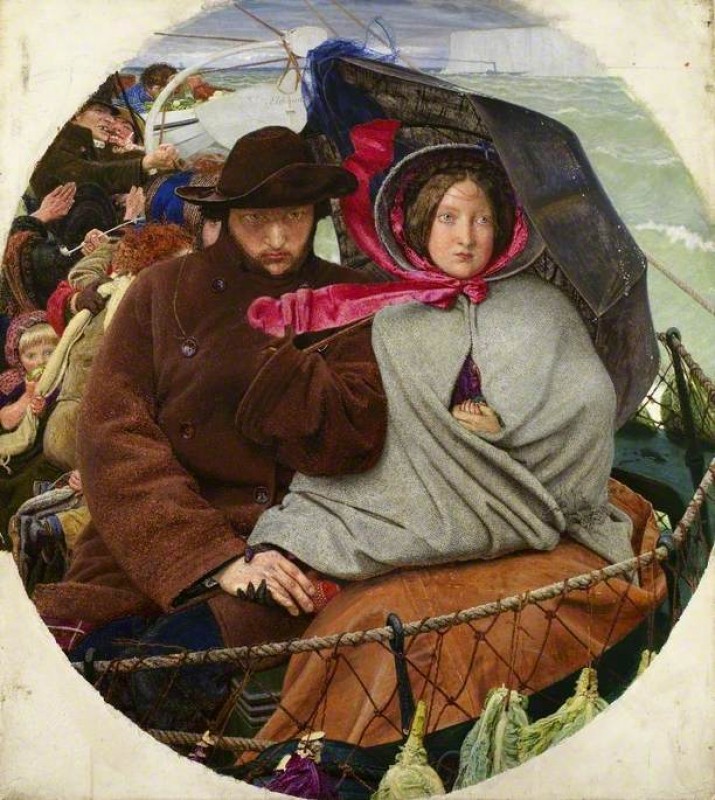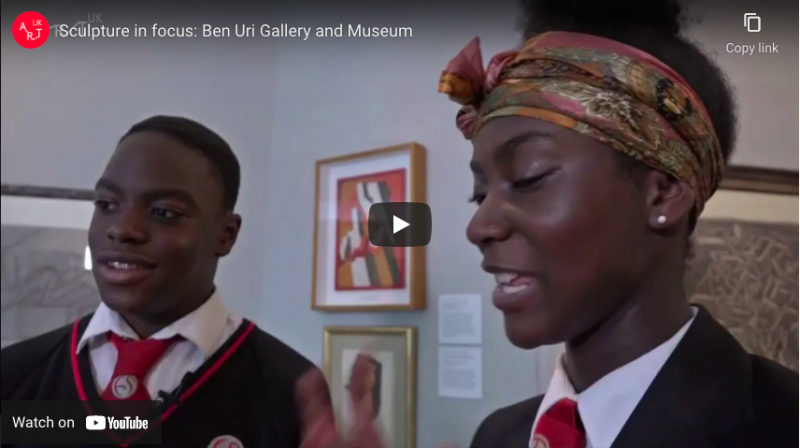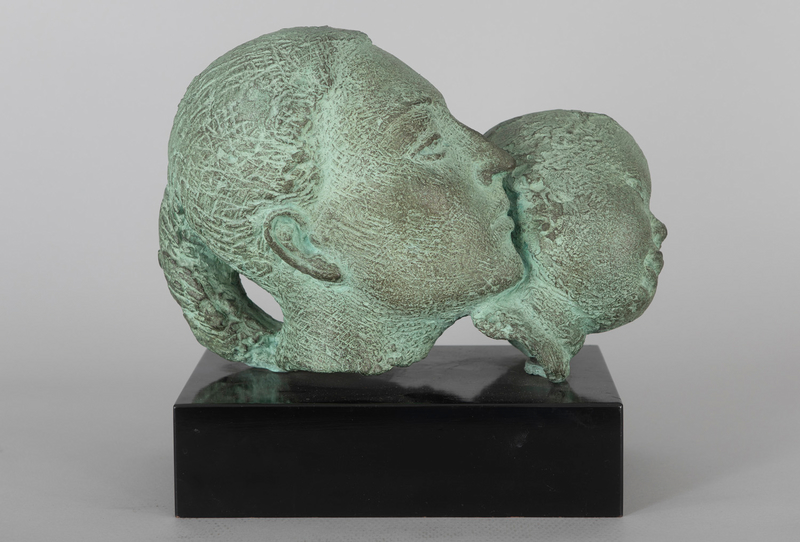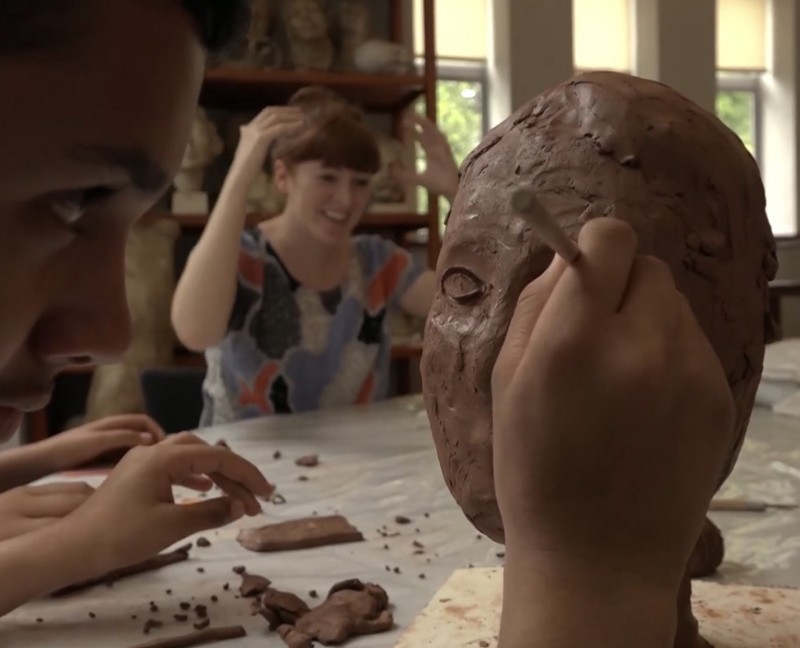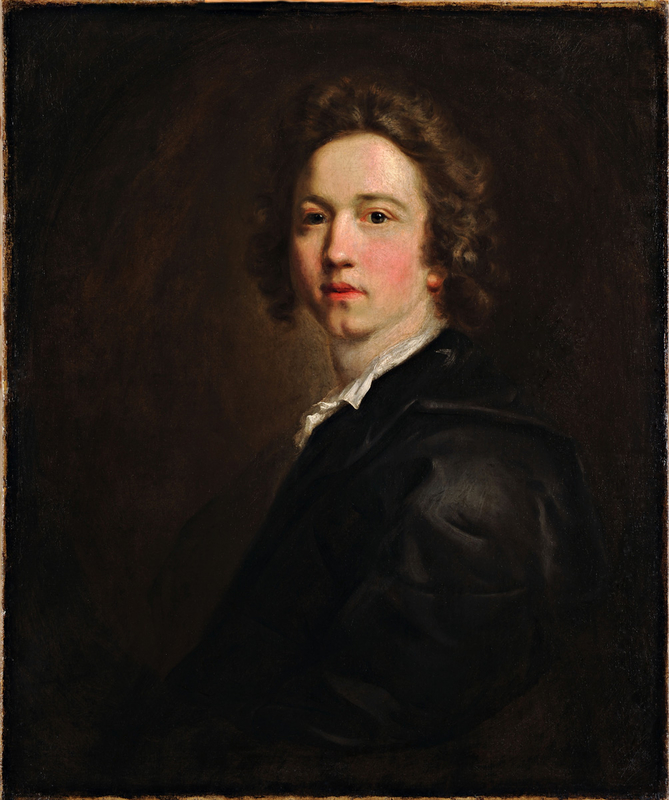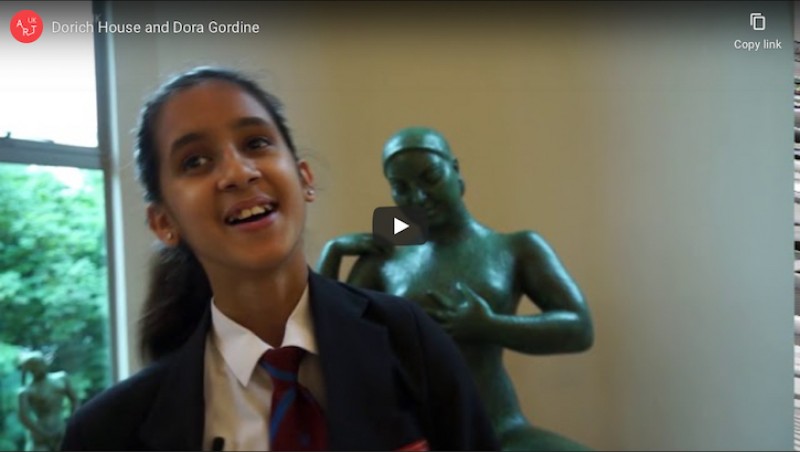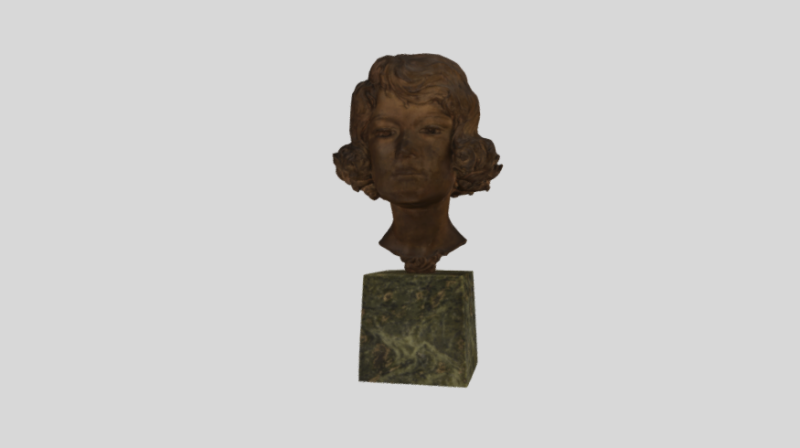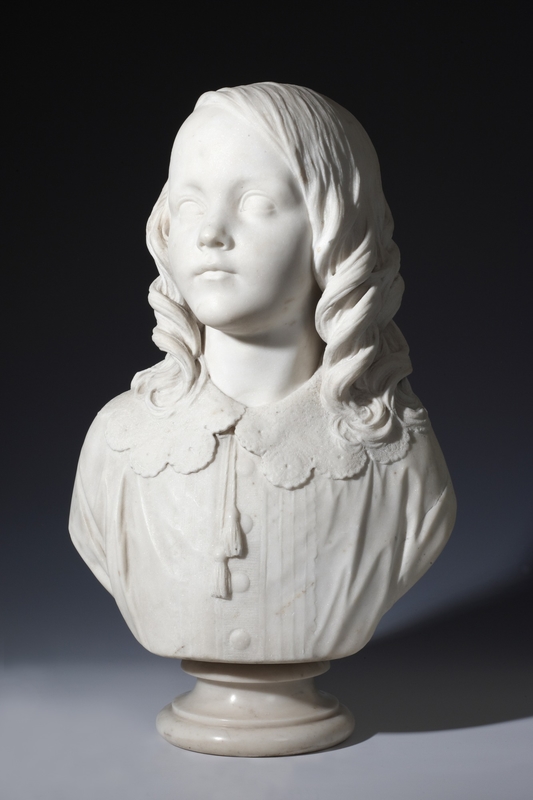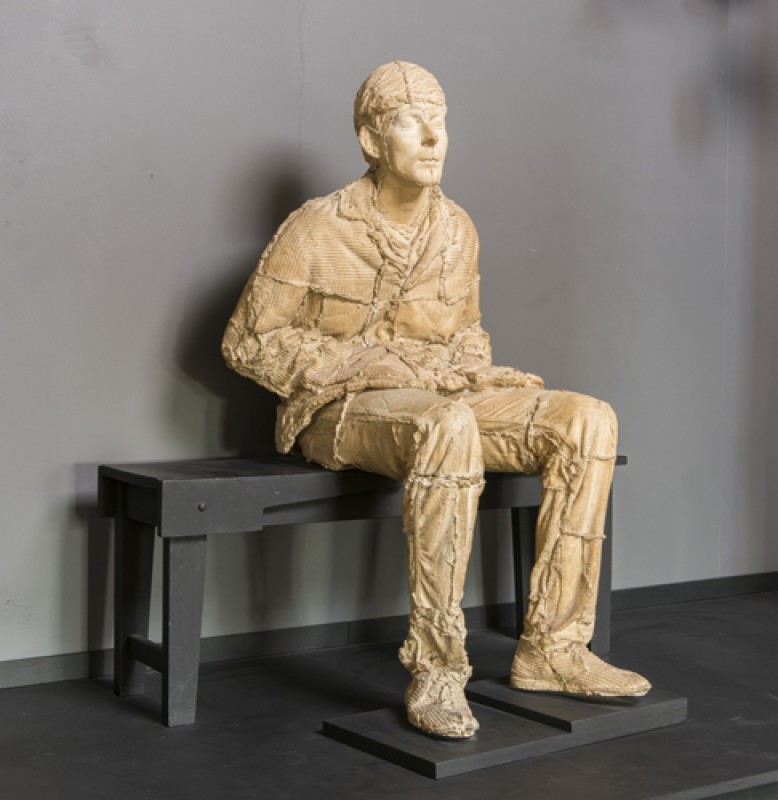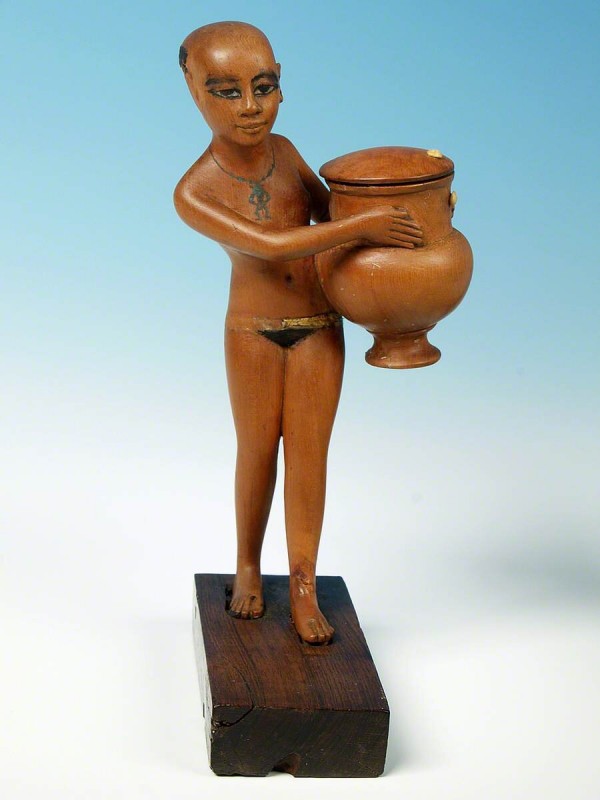Create your own collage
Activity time: 30–60 minutes.
We invite you to create your own collage, inspired by the works of Joan Eardley and Melanie Carvahlo. Both artists created their collages based on particular places, so your challenge is to create a collage about the town, city or village where you live.
You might want to collect things such as sweet wrappers and found images from newspapers and magazines. Or you might want to go for a local walk to collect fallen treasures – such as plants and flowers – and to photograph the things you find. You could include people and animals in your collages too.
We invite you to bring all your completed collages together and compose them into one, large class collage. Why not display your collected artworks in your school to celebrate the place where you live?
We'd love to see your students' artworks! Photograph your class collage and share your photos with us on social media using the hashtags #ArtAdventure and #VisualLiteracyWeek. Don’t forget to tag us using our social media handles:
Instagram: @thesuperpoweroflooking
X: @SuperpowerLook
Facebook: @The Superpower of Looking
